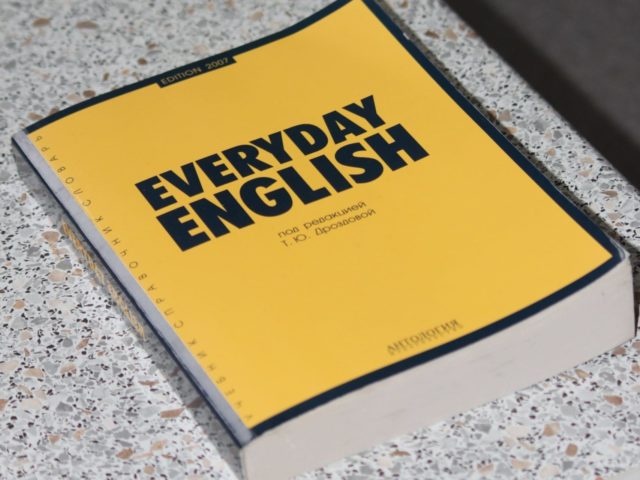It’s important for a good translator to master their language and possess good spelling, grammar, punctuation, and writing skills, among other aspects. Translation strategies are more individual in nature. They are the set of mechanisms used by each translator to solve the problems that they encounter throughout the translation process and which are based on each text’s specific needs.
If you decide to opt for translation services, it is important that you take into account the company’s experience, the professionals who work for it, and the specialization and languages they’ve mastered. Next, we’d like to define the steps that are followed in a translation strategy.
Steps in a Translation Strategy
The translation of a written work is a complex and creative process. Moreover, it includes a series of stages during which the text is passed from one language to another. Therefore, the translator must employ an effective translation technique.
1. Read the entire text
Before you start translating, you must read every word and get a firm grasp of the topic, style, and size of the text. This is also where you determine the level of difficulty of the text and for the professional to decipher the words they are unfamiliar with. Additionally, most experts have a couple of print copies on hand, which allows them to write notes and work with the text.

2. Consult and investigate
Next, the translator researches the topic and consults all the necessary sources. It is usual to consult different platforms and also resort to dictionaries, both traditional ones and online. A good translator always devotes part of their time to researching specific terms.
3. Write a first draft
In this part of the process, the document is opened and the task of translating begins. You usually start the task by going through sentence by sentence and creating a first version of the text. It’s a matter of writing a first draft and polishing it over time.
4. Review and edit
It is good to let ideas sink in and, in this case, to do so with a draft. This lets the work breathe and allows the professional to make the necessary changes. At this point, it’s important to review the most complex terms and words, to see if they’re being translated properly. At this stage in the process, a second version has been completed.
5. Make the last changes and add the finishing touches
The time has come to read the text in the target language and to make the last changes. In this step, the translator looks out for possible grammar and spelling errors made.
In short, when hiring an expert translator, it’s important to know about their experience and areas of expertise so that they may do their best and deliver a good translation job. Whether it’s a translation in Spanish, English, or German, it is best to always follow the same steps and devote the necessary time to reviewing each text. We encourage you to choose quality and professional translation services.






